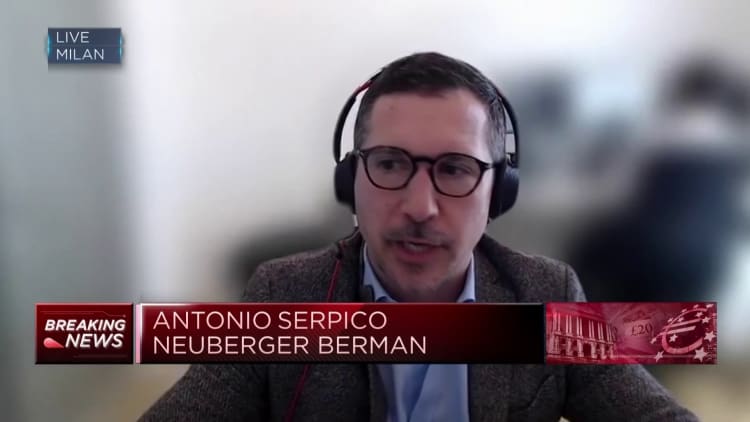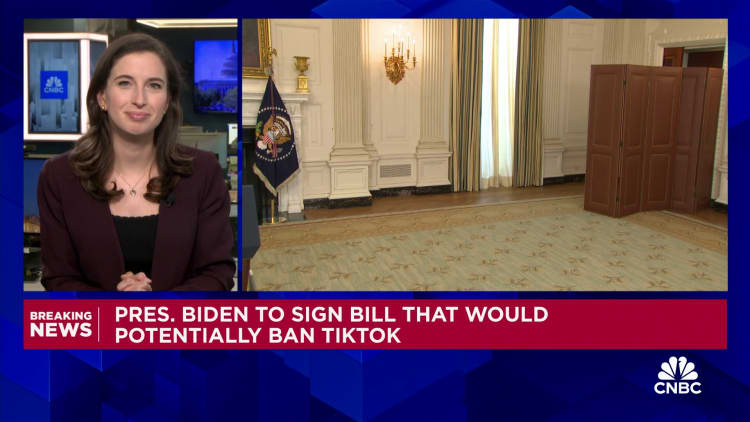The European Central Bank needs to take its time to properly implement interest rate cuts and will have a clearer picture of inflation pressures in June, the institution’s chief economist told CNBC.
“There is a lot of evidence accumulating, but it is also fair to say that as we transition from this holding period that we have put on hold since last September due to a significant rate hike cycle, we need to take our time to get this right. “from holding to rolling back restrictions,” Philip Lane told CNBC’s Steve Sedgwick on Thursday.
Lane, a member of the ECB’s Governing Council, said the euro zone central bank’s March meeting was an “important milestone” in the gathering of evidence and showed that “the disinflation process is underway.” During the meeting, the ECB kept interest rates on hold and released updated macroeconomic forecasts, cutting its inflation forecast for this year to 2.3% from 2.7%.
Inflation in the 20-nation bloc fell to 2.6% in February.
In line with the ECB’s March communication, Lane said more data was needed, particularly on wages, and that the Governing Council would “learn a lot by April, a lot more by June” – the dates of its next two meetings.
In a news conference after the March meeting, ECB President Christine Lagarde said market pricing for the timing of interest rate cuts – which point to a June start from Thursday – “seems to be more in line with the central bank’s view.”

June emerged as a key date in market commentary as it will be the first meeting at which the ECB can assess spring pay negotiations data for the year.
Asked about other colleagues on the Governing Council who have suggested rate cuts could happen before the summer, Lane said he believed that was a reference to the second quarter, which would include June.
“I think the second quarter is a time where we are far enough into 2024 to see more of the wage dynamics and more of the pricing pressures.”
He stressed that in his own role it was important to “avoid trying to give calendar guidance to the market.”
“Once we are sufficiently confident that we will return to the target in a sustainable manner and in a timely manner, it is the right time to move on to the next phase,” he said.
Room for declining profits
Policymakers have repeatedly emphasized that many of the drivers of the inflation cycle have abated, such as rising energy prices and supply chain problems. However, they remain concerned about domestic inflationary pressures from corporate profits and wage increases.
Bank of England governor Andrew Bailey sparked controversy in 2022 when he suggested workers should not ask for a pay rise to avoid fueling inflation.
Lane said on Thursday that while the ECB forecast was based on some moderation in wage growth, it was “important” that people’s inflation-adjusted salaries improved and that companies would have to accept lower profits to make this happen.
“Wages were not the cause of this inflation problem. But to ensure that we get back to the target, the match between wages and profits, our forecast is based on some wage slowdown,” he said.
“It’s important to say that we need to see an improvement in workers’ real incomes to rebuild them, not just this year.” [but] the year after. We are therefore allowing higher to normal wage increases.”
Lane added: “But we also essentially need to see companies absorb a significant portion of this in the form of reduced profits. Profits were quite high in 2022, there is still room for profit declines. And that’s part of the open questions we have.”
Source link
2024-03-14 15:05:17
www.cnbc.com










